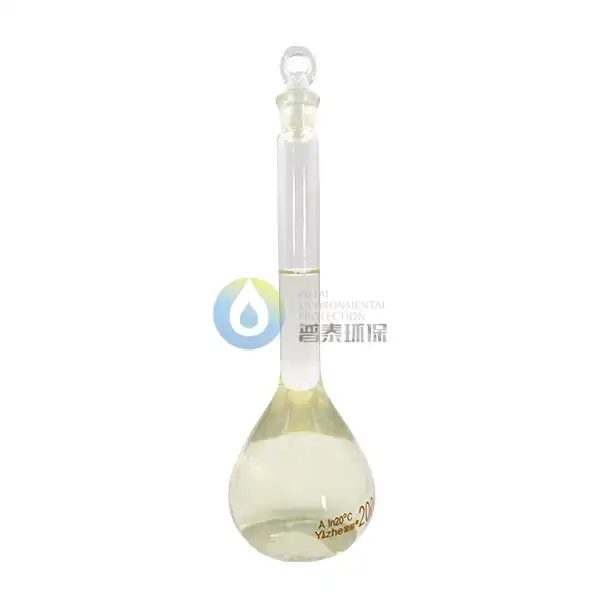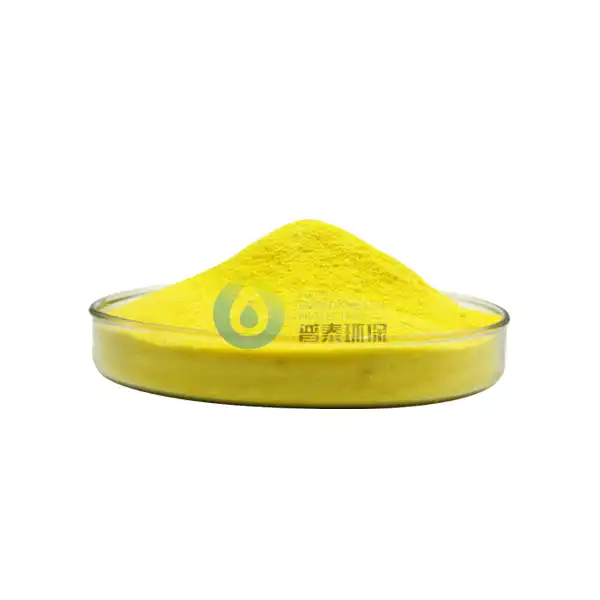Charge neutralization vs. sweep flocculation mechanisms
To understand how PAC achieves high flocculation rates, it's crucial to examine the two primary mechanisms at play: charge neutralization and sweep flocculation. These processes work in tandem to remove contaminants and suspended particles from water effectively.
Charge neutralization occurs when the positively charged aluminum species in PAC interact with negatively charged particles in the water. This interaction neutralizes the electrical charges that keep particles suspended, allowing them to come together and form larger, settleable flocs. The process is particularly effective for colloidal particles and dissolved organic matter.
Sweep flocculation, on the other hand, involves the formation of aluminum hydroxide precipitates. As these precipitates form, they "sweep" through the water, enmeshing particles and contaminants in their structure. This mechanism is especially useful for removing larger particles and works well in conjunction with charge neutralization.
The unique composition of Poly Aluminium Chloride Liquid allows it to leverage both mechanisms simultaneously, resulting in rapid and efficient flocculation. The pre-hydrolyzed nature of PAC means that it can form effective aluminum species quickly upon addition to water, leading to faster reaction times and improved performance compared to traditional aluminum-based coagulants.
Role of polymeric Al species in rapid settling
One of the key factors contributing to the high flocculation rates achieved with PAC is the presence of polymeric aluminum species. These complex molecules play a crucial role in the rapid settling of flocs, significantly enhancing the overall efficiency of the water treatment process.
Polymeric aluminum species are formed during the production of PAC through controlled hydrolysis of aluminum chloride. These species possess a range of molecular weights and structures, including monomers, dimers, and larger polymeric units. The diversity of these species allows PAC to adapt to various water conditions and contaminant types effectively.
The high charge density and extended structure of polymeric aluminum species contribute to their superior performance in several ways:
- Enhanced bridging: Polymeric species can form bridges between particles, creating larger and more stable flocs that settle more quickly.
- Improved charge neutralization: The high charge density of polymeric species allows for more efficient neutralization of negatively charged particles.
- Increased floc strength: Flocs formed with polymeric species tend to be more robust and resistant to breakage during settling and filtration processes.
- Broader pH range effectiveness: PAC's polymeric species maintain their effectiveness over a wider pH range compared to traditional coagulants, offering greater flexibility in treatment processes.
The rapid settling achieved through the action of polymeric aluminum species results in shorter retention times in sedimentation basins, increased treatment capacity, and improved overall plant efficiency. This makes Poly Aluminium Chloride Liquid an attractive option for water treatment facilities looking to optimize their operations and handle higher throughput volumes.
Optimizing mixing speed for maximum flocculation
While the chemical properties of PAC contribute significantly to its high flocculation rates, optimizing the physical parameters of the treatment process is equally important. One crucial factor that can greatly impact flocculation efficiency is mixing speed. By fine-tuning the mixing regime, water treatment professionals can maximize the performance of PAC and achieve optimal flocculation results.
The mixing process in flocculation typically involves two stages: rapid mixing and slow mixing. Each stage serves a distinct purpose and requires careful optimization:
Rapid mixing stage
During the rapid mixing stage, PAC is introduced into the water, and the goal is to achieve uniform dispersion of the coagulant. This stage is critical for initiating the charge neutralization process and promoting initial particle collisions. Key considerations for optimizing rapid mixing include:
- Mixing intensity: High-speed mixing (typically 100-400 rpm) is required to ensure thorough distribution of PAC throughout the water volume.
- Duration: Rapid mixing should be brief, usually lasting 30 seconds to 2 minutes, to prevent floc breakage.
- Injection point: The location where PAC is added should be carefully selected to maximize initial dispersion.
Slow mixing stage
The slow mixing stage, also known as flocculation, aims to promote particle collisions and floc growth. This stage is crucial for developing large, settleable flocs. Considerations for optimizing slow mixing include:
- Mixing intensity: Lower speeds (typically 20-50 rpm) are used to encourage floc formation without breaking apart fragile flocs.
- Duration: Slow mixing usually lasts 15-30 minutes, allowing sufficient time for floc growth.
- Compartmentalization: Dividing the flocculation basin into multiple compartments with decreasing mixing intensities can promote optimal floc growth.
To achieve maximum flocculation rates with PAC, it's essential to strike a balance between these mixing stages. Over-mixing can lead to floc breakage, while under-mixing may result in poor floc formation. Advanced mixing systems, such as variable-speed mixers or tapered flocculation designs, can help optimize the process for different water qualities and PAC dosages.
Regular jar testing and pilot studies are invaluable tools for determining the optimal mixing speeds and durations for specific water treatment scenarios. By fine-tuning these parameters, water treatment facilities can fully harness the power of Poly Aluminium Chloride Liquid and achieve unprecedented levels of flocculation efficiency.
Dosage optimization
In addition to mixing speed, optimizing the dosage of PAC is crucial for achieving high flocculation rates. The optimal dosage can vary depending on water quality parameters such as turbidity, pH, and organic matter content. Underdosing may result in ineffective treatment, while overdosing can lead to restabilization of particles and increased treatment costs.
To determine the optimal PAC dosage, consider the following approaches:
- Jar testing: Conduct regular jar tests to simulate treatment conditions and identify the most effective dosage for current water quality.
- Online monitoring: Implement real-time monitoring systems to track key water quality parameters and adjust PAC dosage accordingly.
- Seasonal adjustments: Account for seasonal variations in water quality by adjusting PAC dosage throughout the year.
- Zeta potential measurement: Use zeta potential analyzers to optimize charge neutralization and determine the most efficient PAC dosage.
By carefully optimizing both mixing parameters and dosage, water treatment facilities can maximize the effectiveness of PAC and achieve consistently high flocculation rates.
Synergistic effects with other treatment chemicals
While PAC is highly effective on its own, its performance can be further enhanced through strategic combinations with other treatment chemicals. Understanding these synergistic effects can lead to even higher flocculation rates and improved overall water quality. Some potential synergistic combinations include:
- PAC with anionic polymers: Adding a small dose of anionic polymer after PAC can promote larger, stronger flocs and improve settling rates.
- PAC with activated silica: The combination of PAC and activated silica can enhance floc formation and increase removal efficiency, particularly in low-temperature conditions.
- PAC with oxidants: Pre-oxidation with chlorine or ozone can improve the effectiveness of PAC in removing organic matter and certain contaminants.
Experimenting with these combinations through jar tests and pilot studies can help identify the most effective treatment strategy for specific water sources and treatment goals.
Conclusion
The high flocculation rates achieved with Poly Aluminium Chloride Liquid are the result of its unique chemical properties, the presence of polymeric aluminum species, and carefully optimized treatment processes. By understanding the mechanisms behind PAC's effectiveness and implementing best practices in mixing and dosing, water treatment professionals can significantly enhance their treatment efficiency and produce higher quality water.
As the demand for clean water continues to grow globally, innovative solutions like PAC play a crucial role in meeting these challenges. By leveraging the power of advanced coagulants and optimizing treatment processes, we can ensure a sustainable and clean water supply for future generations.
Are you looking to improve your water treatment process and achieve higher flocculation rates? Xi'an PUTAI Environmental Protection Co., Ltd. has over 24 years of experience in the production, sales, and R&D of waste and drinking water treatment chemicals. As a major producer and integrated service supplier of coagulants in north-west China, we offer high-quality PAC Liquid and expert guidance on optimizing your water treatment processes. Contact us today at sales@ywputai.com to learn how our solutions can help you achieve superior water quality and operational efficiency.
References
1. Zhang, L., et al. (2019). "Mechanisms of high-efficiency flocculation with polyaluminum chloride: A review." Journal of Water Process Engineering, 31, 100836.
2. Ye, C., et al. (2020). "Optimizing coagulation and flocculation process for kaolinite suspension with polyaluminum chloride." Colloids and Surfaces A: Physicochemical and Engineering Aspects, 585, 124081.
3. Wang, D., et al. (2018). "Optimization of coagulation-flocculation process for papermaking-reconstituted tobacco slice wastewater treatment using response surface methodology." Journal of Industrial and Engineering Chemistry, 61, 425-432.
4. Gebbie, P. (2021). "An Operator's Guide to Water Treatment Coagulants." Water Research Australia Limited, Technical Report No. 15.

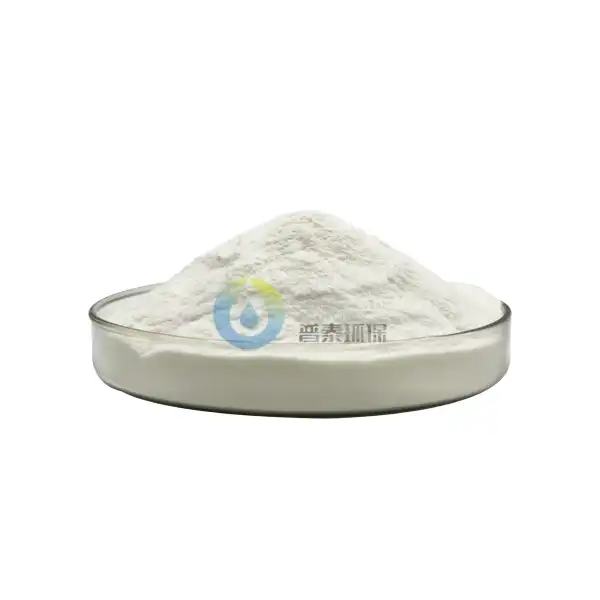
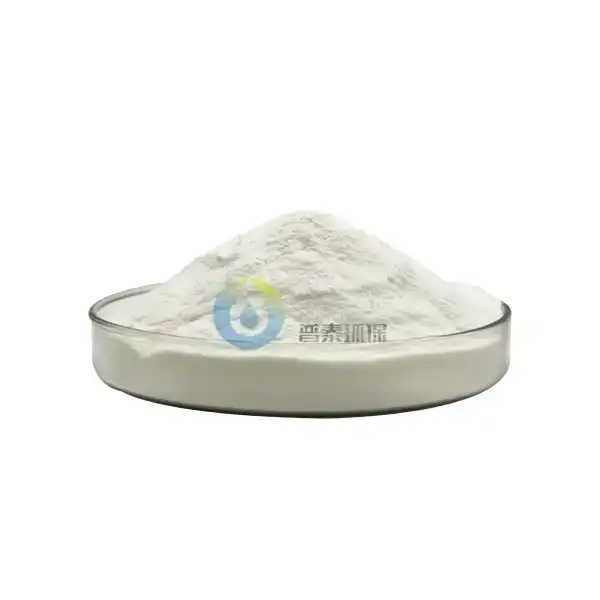
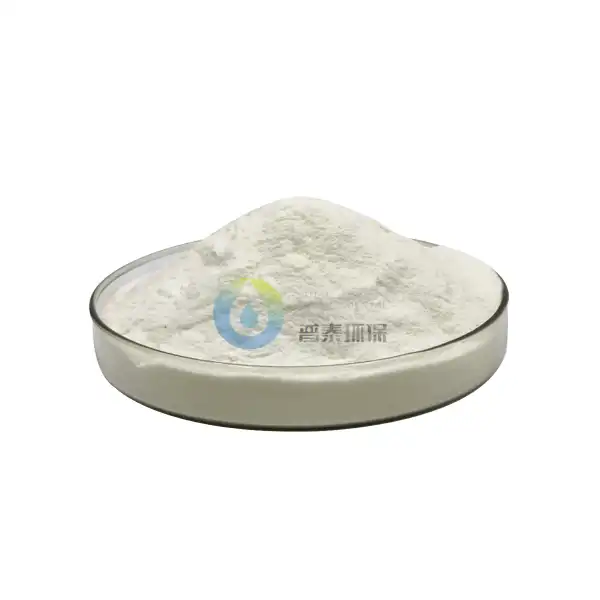
_1729154435880.webp)
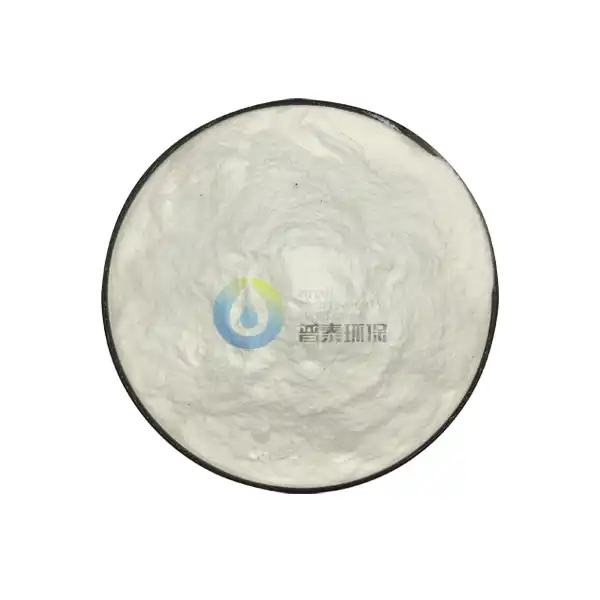
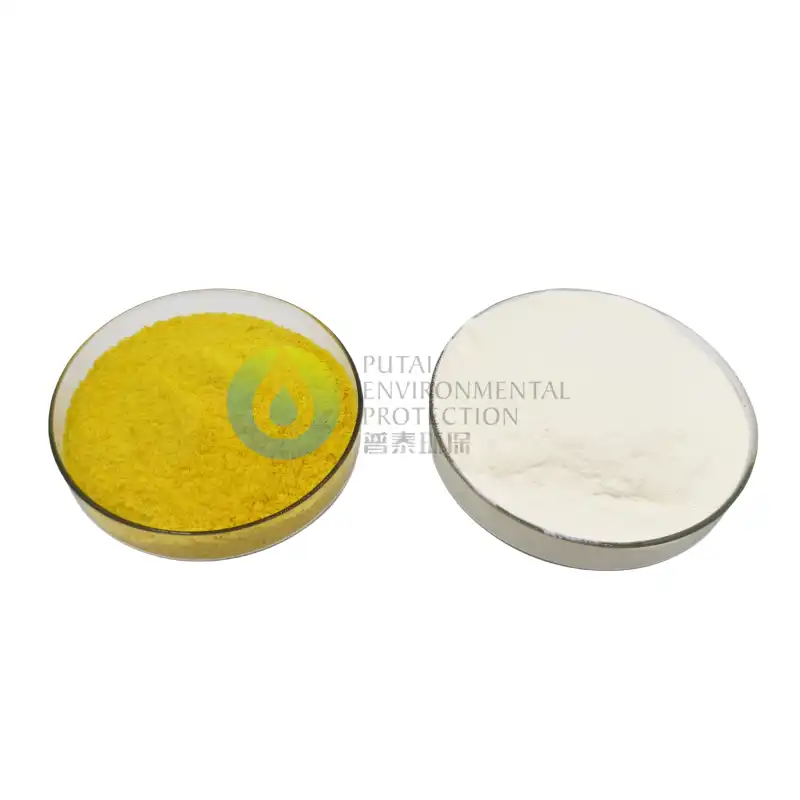
固液_1729153636203.webp)
